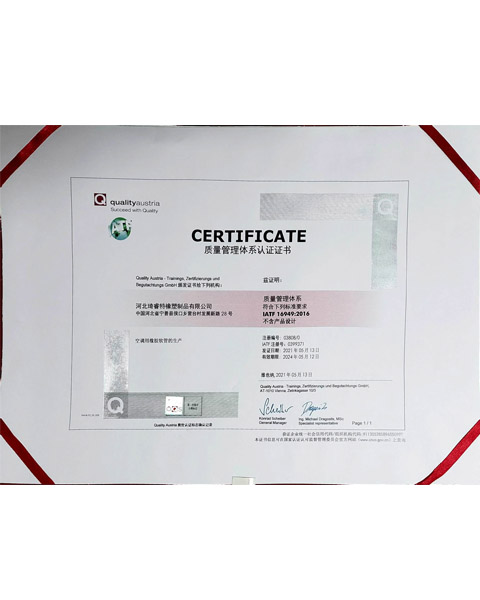How to Effectively Repair Your Jet Wash Hose for Optimal Performance and Longevity
Jet Wash Hose Repair A Guide to Maintaining Your Equipment
Jet washers, or pressure washers, are invaluable tools for both professional cleaners and homeowners alike. They make it effortless to clean driveways, patios, vehicles, and various other surfaces with high-pressure water jets. However, like all equipment, jet washers require maintenance, and one of the most common issues users face is hose damage. Knowing how to repair a jet wash hose effectively can save you time and money and ensure your equipment operates at peak performance.
Common Causes of Hose Damage
Jet wash hoses are typically made from durable materials designed to withstand high pressure and tough conditions. However, over time and with frequent use, they can develop problems. Some common causes of hose damage include
1. Wear and Tear Continuous usage can lead to material fatigue. The rubber or plastic can crack or become brittle. 2. Kinks and Twists If the hose is improperly coiled or bent during storage, it can create weak spots that eventually lead to breaks. 3. Chemical Exposure Many cleaning solutions can be corrosive. If the hose comes into contact with harsh chemicals, it may degrade more quickly. 4. Extreme Temperatures Exposure to extreme cold or heat can also compromise the integrity of the hose material.
Signs Your Jet Wash Hose Needs Repair
Recognizing the signs of a damaged hose early can prevent further issues. Here are some indications that your hose may require attention
- Leaks Water dripping or spraying from any part of the hose indicates a problem. - Bulges or Bumps Any protrusions suggest internal damage that needs immediate repair. - Loss of Pressure A noticeable drop in cleaning power may signal a hose issue somewhere along the line.
DIY Hose Repair Techniques
Repairing a jet wash hose is a task that many users can handle themselves with the right tools and techniques
. Here’s how to approach itjet wash hose repair

1. Identify the Damage Thoroughly inspect the entire length of the hose. Look for leaks, cracks, or bulges. If you find a leak, you can often cover it temporarily with electrical tape as a short-term solution.
2. Cutting For smaller leaks or damaged sections, you can cut out the affected area. Use a sharp utility knife to ensure a clean cut for both ends of the hose.
3. Coupling After cutting, you will need to install a coupling. Place the two ends of the hose into the coupling and secure them tightly. A hose clamp can also help maintain pressure.
4. Sealant Options If you’re dealing with a small crack, consider using a specialized hose sealant. Apply it generously over the damaged area and allow it to cure according to the manufacturer's instructions.
5. Testing After the repair, connect your hose back to the jet washer. Turn on the machine and check for any leaks. If everything holds, your hose repair is successful!
Preventive Measures
To prolong the lifespan of your jet wash hose, consider implementing these preventive strategies
- Proper Storage Avoid kinks by coiling the hose correctly. Use a hose reel if possible. - Regular Maintenance Frequently inspect the hose for signs of wear and clean any chemical residues that might cause damage. - Temperature Awareness Store the hose in a climate-controlled environment to avoid extreme temperature effects. - Use of Protective Covers Consider using hose sleeves or protective wraps to shield from abrasions and chemical exposure.
Conclusion
Repairing a jet wash hose is a manageable task that can extend the life of your cleaning equipment and enhance its performance. By recognizing damage early, utilizing effective repair techniques, and adhering to preventive measures, you can ensure your pressure washer will be ready to tackle the toughest cleaning jobs. With a little care and attention, your jet wash hose can serve you well for years to come.
-
Ultimate Spiral Protection for Hoses & CablesNewsJun.26,2025
-
The Ultimate Quick-Connect Solutions for Every NeedNewsJun.26,2025
-
SAE J1401 Brake Hose: Reliable Choice for Safe BrakingNewsJun.26,2025
-
Reliable J2064 A/C Hoses for Real-World Cooling NeedsNewsJun.26,2025
-
Heavy-Duty Sewer Jetting Hoses Built to LastNewsJun.26,2025
-
Fix Power Steering Tube Leaks Fast – Durable & Affordable SolutionNewsJun.26,2025

